This article provides a detailed introduction to 12 common types of industrial towers. Each type is systematically explained with an emphasis on their principles, characteristics, and applications, making it a valuable resource for readers with interests ranging from basic knowledge to practical applications in engineering and industry.
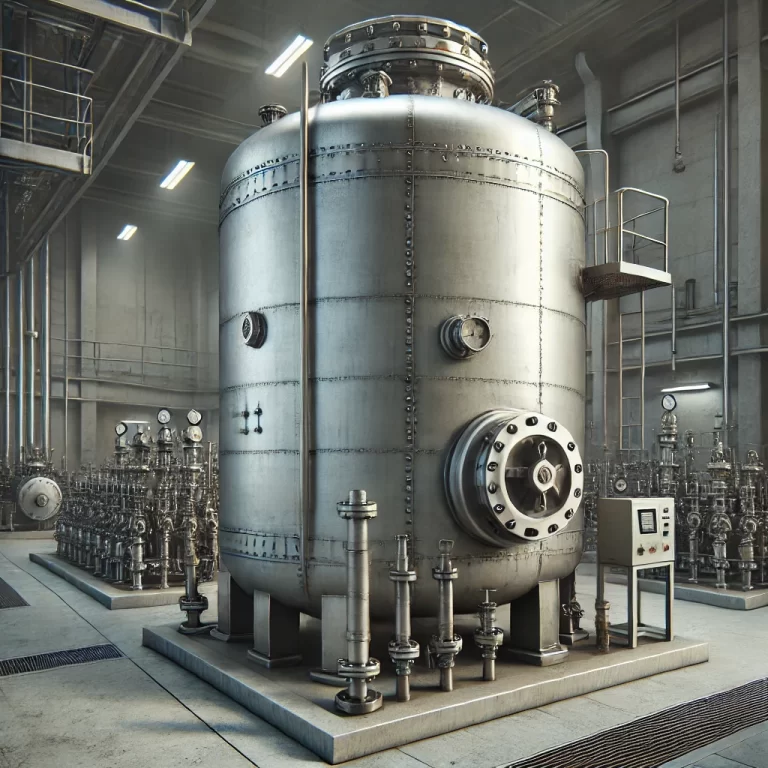
1. Packed Absorption Tower
Description:
A packed tower uses packing materials as the medium for gas-liquid contact. It consists of a vertical cylindrical shell with a packing support plate at the bottom. The packing material can be arranged randomly or in an orderly manner. Above the packing, a hold-down plate prevents the material from being blown away by ascending gas.
Working Principle:
Liquid is sprayed onto the packing material from a distributor at the top, flowing downward along the surface. Gas enters from the bottom, and as it rises through the packing voids, it contacts the liquid in counterflow. This facilitates the transfer of mass between the two phases.
Advantages:
High production capacity.
High separation efficiency.
Low pressure drop.
Flexible operation.
Disadvantages:
Expensive packing materials.
Reduced efficiency at low liquid loads.
Unsuitable for suspensions or materials prone to polymerization.
Less effective for complex distillation with side feeds.
Applications: Widely used in gas absorption, distillation, and other mass transfer processes.
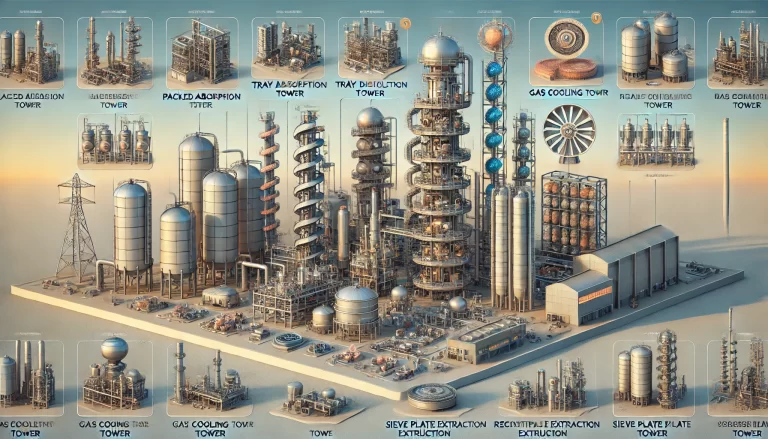
2. Tray Distillation Tower
Description:
Tray towers are stepwise contact gas-liquid transfer devices. They consist of cylindrical shells with trays, weirs, downcomers, and liquid receivers.
Working Principle:
Liquid flows from tray to tray via downcomers due to gravity, while gas is forced upward through openings such as bubble caps or sieve holes. This creates a dispersed gas phase that interacts with the liquid layer on each tray, allowing heat and mass transfer.
Advantages:
Efficient for multistage separation.
Handles large capacities.
Disadvantages:
Higher pressure drop than packed towers.
Complex design and construction.
Applications: Extensively used in chemical and petrochemical industries for distillation and gas absorption.
3. Gas Cooling Tower
Description:
Cooling towers are used to remove heat from industrial processes using water. The water exchanges heat with air, transferring waste heat to the atmosphere.
Working Principle:
Warm water from industrial processes flows through the cooling tower, where it comes into contact with air. The heat is transferred to the air, and the cooled water is recirculated.
Applications:
HVAC systems.
Power plants.
Chemical processing.

4. Sieve Plate Extraction Tower
Description:
A sieve plate tower uses perforated plates for liquid-liquid extraction. The tower’s design ensures efficient phase interaction.
Advantages:
Simple structure.
Cost-effective.
High processing capacity.
Applications: Widely used in the chemical industry.
5. Packed Extraction Tower
Description:
This tower operates similarly to the packed absorption tower but is designed for liquid-liquid extraction.
Working Principle:
Light liquid enters from the bottom, and heavy liquid enters from the top. The two phases flow countercurrent through the packing, promoting mass transfer.
Applications: Used in chemical and pharmaceutical industries.
6. Reciprocating Sieve Plate Extraction Tower
Description:
Also known as the vibrating sieve plate tower, it uses a central shaft with perforated plates that move reciprocally to enhance mass transfer.
Advantages:
High efficiency.
Large processing capacity.
Flexible operation.
Applications: Common in pharmaceutical, petrochemical, and wastewater treatment industries.
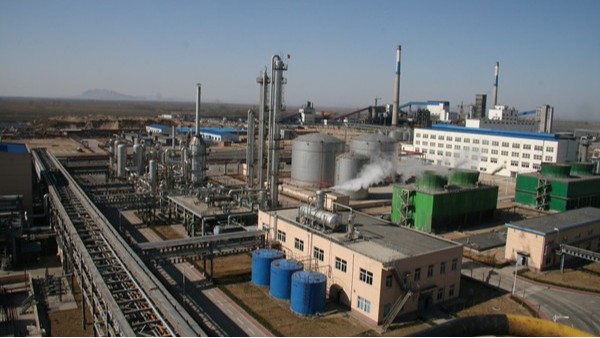
7. Rotating Disk Extraction Tower
Description:
A mechanically stirred extraction tower with a circular mixing chamber divided into sections by baffles. Rotating disks create a dispersed phase for enhanced mass transfer.
Applications: Utilized in industries such as hydrometallurgy and fine chemical production.
8. F1 Type Float Tower
Description:
Known for its high capacity and stable operation, the F1 float tower uses trays for efficient mass transfer.
Advantages:
Low cost.
Easy maintenance.
Applications: Suitable for large-scale industrial processes.
9. Bubble Cap Tower
Description:
A bubble cap tower uses caps to disperse gas into liquid on each tray. This enhances contact between the two phases for effective mass transfer.
Advantages:
Operates across a wide range of conditions.
Durable and versatile.
Disadvantages:
High cost.
High pressure drop.
Applications: Common in distillation and absorption processes.
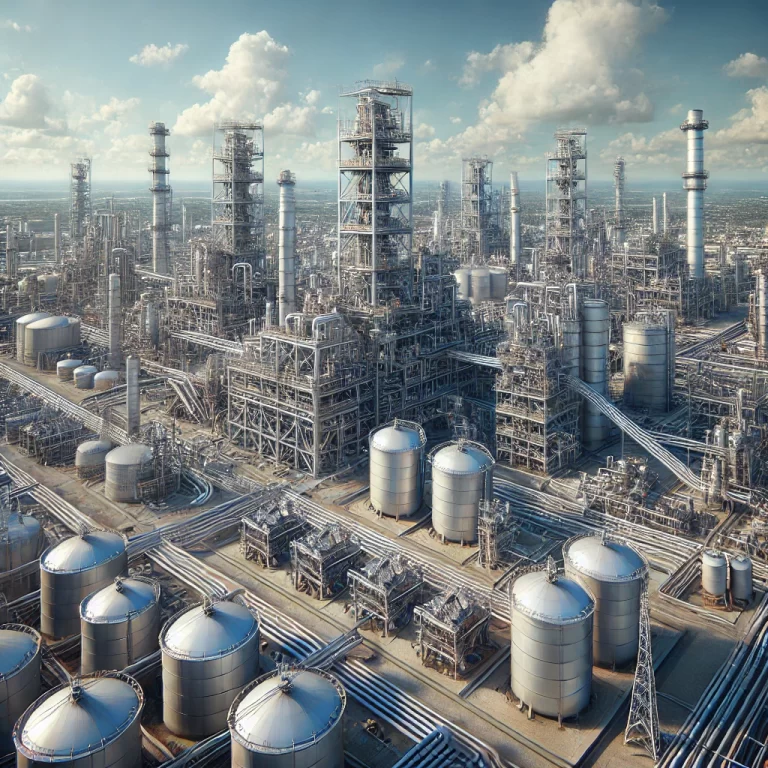
10. Turbulent Ball Tower Scrubber
Description:
This tower uses polyethylene balls as the packing medium, which float and create turbulence to enhance mass transfer and dust removal.
Advantages:
Efficient dust removal.
Low running costs.
Applications: Used for gas purification in chemical plants.
11. Scrubber Tower
Description:
A scrubber tower is a gas purification device that removes contaminants from gas streams using a washing action.
Advantages:
Cost-effective.
Compact and versatile.
Applications: Used for industrial gas cleaning and pretreatment processes.
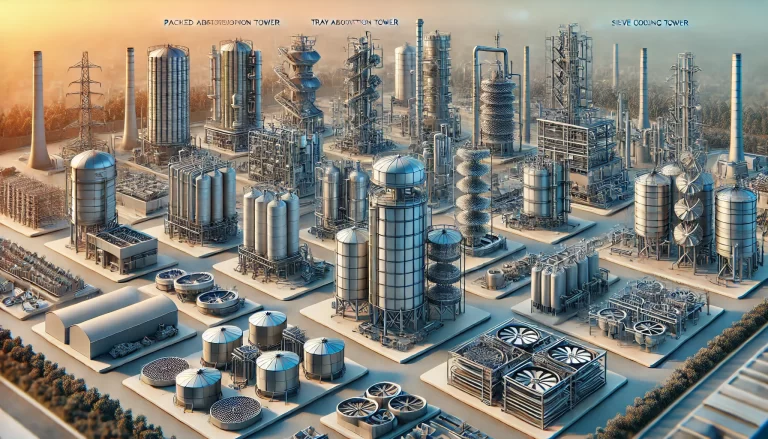
12. Fractionation Tower
Description:
A key device for separating mixtures based on boiling points, commonly used in distillation.
Working Principle:
As the mixture is heated, components with lower boiling points vaporize and are separated at different heights in the tower.
Applications: Used in petroleum refining and chemical manufacturing.
Conclusion
The understanding of these tower types is essential for industries involving mass and heat transfer processes. While their principles and applications vary, they collectively form the backbone of numerous industrial operations. Adding visual aids, real-world examples, and operational insights would further enhance the reader’s comprehension and appreciation of these engineering marvels.
